|
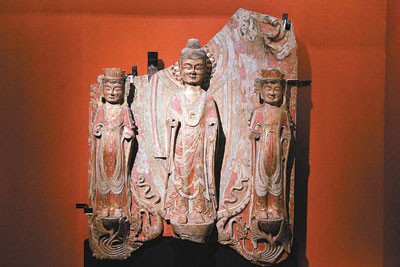
Wang Yuanyuan
cheekywang@hotmail.com
ABOUT 50 stone statues of Buddha discovered near Longxing Temple in Qingzhou, Shandong Province, are being exhibited at the Old Shenzhen Museum in Futian District.
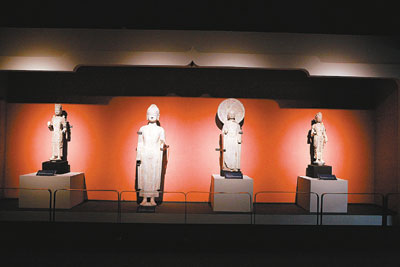
The statues are representative works selected from more than 400 statues which were unearthed after being inadvertently discovered in 1996. The majority are sculpted in limestone, and stand as cultural relics of immense significance to those interested in archaeology, sculpture, and the history of Buddhism in China, said Wang Ruixia, vice president of Qingzhou Museum.
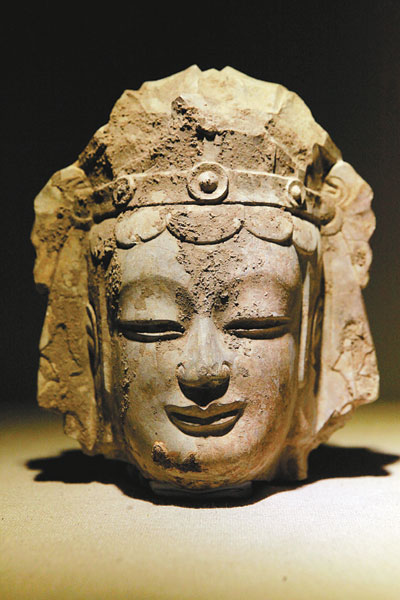
Longxing Temple was built during the Northern and Southern Dynasties (386-589) and was the center of Buddhist culture in the area that is now Shandong Province until the Sui Dynasty (581-618). The temple was destroyed in war after standing for more than 800 years.

In 1996, a stone oil lamp stand was discovered accidentally in a farmland when a local school was rebuilding its sports field. Subsequently, more than 400 stone statues of Buddha made from the Northern and Southern Dynasties to the Song Dynasty (960-1279) were found on the site, which has become one of the country’s most important Buddhist cultural relics with the largest and most varied collection of Buddha statues.
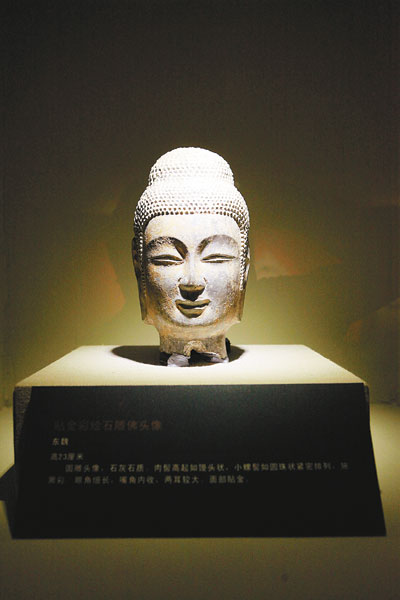
The statues found at the temple are unique in style, production technique and form. They were identified by archaeologists as being in “Qingzhou style.” Among these, statues made during the Northern Wei Dynasty (386-534) were the most distinct, Wang said.
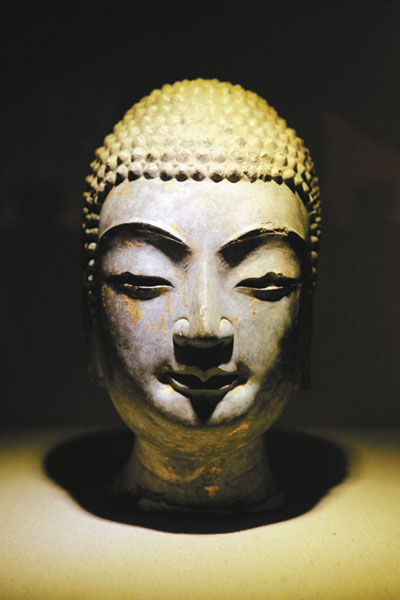
The so-called Qingzhou style generally involves a back screen and statues of three Buddhas, containing a main Buddha in the middle and two smaller Buddhas on both sides. Pictures on the back screens are normally carved with clouds and dragons, while the base of the main statue will have two lotus branches and dragons to support the other two statues. “Later, single figures also appeared,” Wang said.
Unlike earlier Buddhist statues, the ones in Qingzhou have very beautiful faces and body languages, focusing on tall and straight bodies and serene facial expressions.
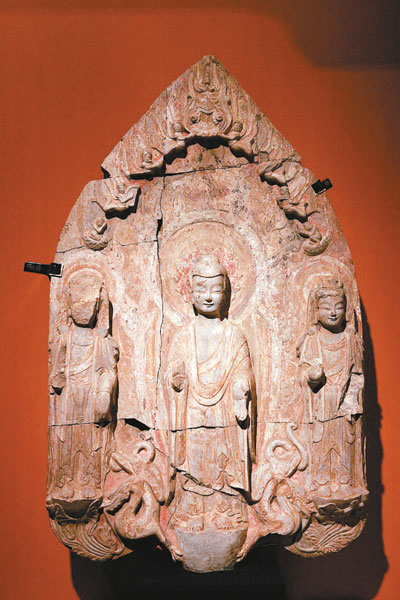
Generally speaking, statues made during the Northern Wei Dynasty were thinner, while statues made during the Northern Qi Dynasty (550-577) were influenced by foreign cultures, particularly the style of the Gupta period in ancient India, Wang said.
“Their unique characteristics revealed the outstanding achievements in the development of stone carving in China during that period,” Wang said.
Located on Shandong Peninsula, Qingzhou was a political, cultural and economic center in the Shandong region for nearly 1,000 years. It was also a transportation hub for cultural exchanges between North and South China and an important region for the Silk Road and the Maritime Silk Road. “Because of its special role, it had a large number of skillful craftsmen and foreign businessmen living and traveling in the area,” Wang said.
The discovery of the statues has drawn wide attention from academics and was selected as one of the top 10 archaeological findings in the world in 1996 and one of the world’s top 100 archaeological findings of the 20th century. Over the past 15 years, they have been exhibited in countries and regions such as the United States, Japan, Germany, Switzerland, Britain, Hong Kong and Taiwan.
Before arriving in Shenzhen, the statues were exhibited on the Fo Kwang Mountain, the holy land of Buddhism in Taiwan, for more than six months, attracting thousands of visitors from around the world every day. “We hope the exhibition will become a big success and introduce Buddhist culture of the Northern and Southern Dynasties to Shenzhen visitors,” Wang said.
Dates: Until Feb. 26, 2013
Hours: 9 a.m.-5 p.m. Closed Mondays
Venue: Old Shenzhen Museum, 6 Tongxin Road, Futian District (福田区同心路6号深圳博物馆老馆)
Metro: Grand Theater Station (大剧院站), Exit B
|

